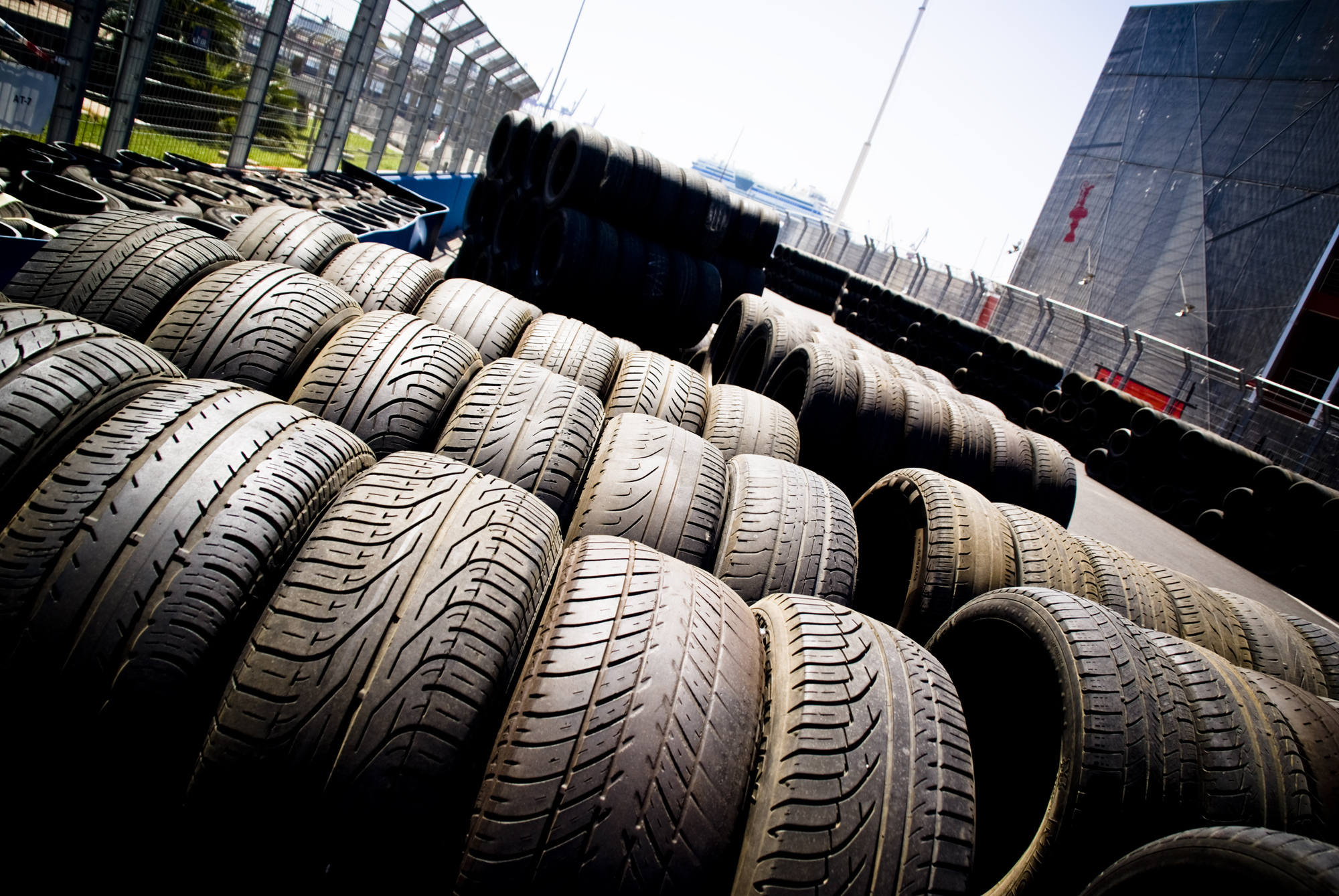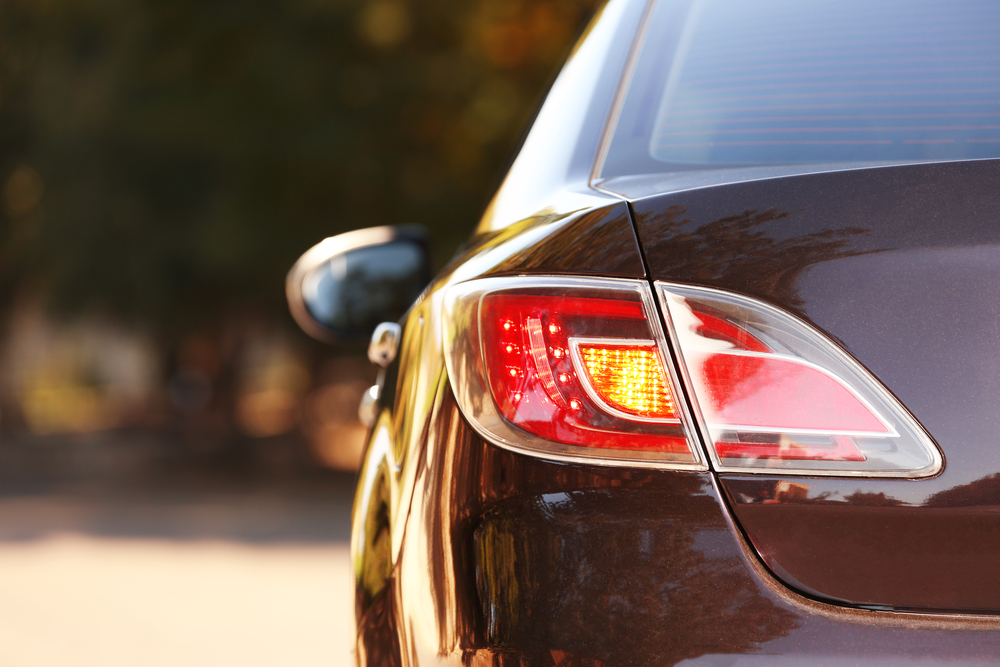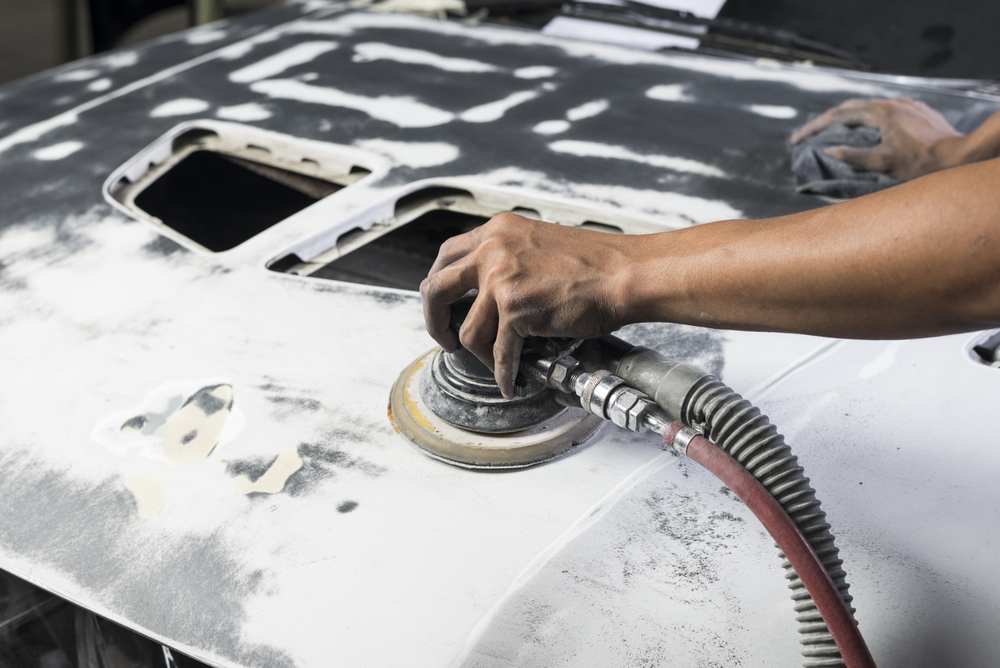Summer is full of sunny days, beach trips, and long drives to grab some ice cream from your favorite shop. It also means sweltering temperatures, hot pavement, and damage done to your vehicle. As the mercury rises, so does the risk of tire blowouts, which can lead to serious vehicle accidents. Understanding how summer heat affects your tires and taking preventative measures can help you avoid these dangerous situations. In the event you do end up in a collision due to tire blowout, please contact the professional team of Elmer’s Auto Body at one of our three South Jersey locations.
Key Takeaways
- Summer temperatures cause tire air to expand, raising internal pressure and softening the rubber, which can lead to blowouts.
- A tire blowout can lead to sudden loss of vehicle control, especially at high speeds, increasing the risk of severe accidents.
- Regularly check and adjust tire pressure to prevent overheating and reduce the risk of blowouts.
- Monitor tread depth and look for cuts, punctures, or sidewall damage, as these issues can worsen in hot conditions.
- Carry lighter loads and drive at moderate speeds to prevent excessive tire stress and overheating.
The Science Behind Tire Blowouts in Hot Weather
Tires are designed to withstand a wide range of temperatures, but extreme heat can push them beyond their limits. When the temperature rises, the air inside your tires expands, increasing the internal pressure. This added pressure, combined with the heat from the asphalt, can cause the tire’s rubber to soften and weaken. If your tires are already worn or improperly inflated, they become even more susceptible to blowouts.
In South Jersey, where summer temperatures frequently climb into the 90s, the heat from the pavement can reach well over 100°F. This intense heat puts additional stress on your tires, particularly during long drives or when your vehicle is carrying heavy loads. Under these conditions, even a small flaw in the tire, such as a puncture or sidewall damage, can quickly lead to a catastrophic blowout.
What is So Dangerous About a Tire Blowout?
A tire blowout occurs when the tire begins to suddenly lose air pressure. This often causes a loud bang, startling the driver and causing them to swerve, losing control of their vehicle. Sometimes the force fo the tire popping can also cause the car to sway. A tire blowout can be dangerous at high speeds, where skidding and rolling over are possible. In South Jersey, where numerous drivers take to highways and expressways, the risk of tire blowout is heightened, as well as the potential of getting into a severe accident because of it.
How to Prevent Tire Blowouts During Summer in South Jersey
To reduce the risk of a tire blowout during the hot summer months, it’s crucial to take proactive steps in tire maintenance:
Regularly Check Tire Pressure
Ensure your tires are properly inflated according to the manufacturer’s recommendations. Under-inflated tires generate more heat due to increased friction with the road, while over-inflated tires are more prone to blowouts because they cannot flex as effectively under pressure. Regularly checking your tire pressure, especially before long trips, can help maintain the optimal balance, ensuring your tires perform safely in the summer heat.
Inspect Tread Depth
Worn tires with low tread are more likely to fail in hot conditions, as they have less ability to dissipate heat and maintain traction on the road. Regularly checking your tires for signs of wear, such as uneven tread patterns or bald spots, is essential. If the tread depth is too shallow, consider replacing your tires before they become a hazard, especially during the hotter months when road surfaces are more demanding.
Look for Damage
Inspect your tires for any cuts, punctures, or sidewall damage that could compromise their integrity. Even minor damage can lead to a blowout when combined with high heat and pressure, as the weakened areas are more susceptible to failure. Pay close attention to any bulges, cracks, or embedded objects, and address these issues promptly to avoid sudden tire failure on the road.
Avoid Overloading Your Vehicle
Carrying heavy loads increases the stress on your tires, particularly in hot weather when the roads are hotter and the air inside the tires expands. Overloading can cause excessive heat buildup and uneven wear, making your tires more vulnerable to blowouts. Consider packing less clothes and beach toys for your next journey to the coast, and distribute weight evenly to prevent excess strain on any one tire, which can lead to premature failure.
Drive at Moderate Speeds
Sure, you may think that driving fast is key to getting to your destination sooner in the summer, but there is one risk. High speeds generate more heat in your tires due to the increased friction with the road surface. By reducing your speed, especially during long drives or in extremely hot weather, you can help keep your tires cooler and reduce the risk of a blowout. Driving at a moderate speed not only preserves tire integrity but also enhances overall vehicle safety, giving you more control in challenging conditions.
Contact a Collision Repair Center in South Jersey Today
While summer is a time for fun and relaxation, it’s important not to overlook the impact of heat on your vehicle’s safety. By staying vigilant and maintaining your tires properly, you can reduce the risk of blowouts and ensure that you and your passengers stay safe on the roads of South Jersey.
While Elmer’s Auto Body is a collision repair center in South Jersey, we do aspire to educate and ensure that drivers are safe on the roadways. If you do experience tire blowout and a collision, Elmer’s Auto Body is here to help. Our expert technicians can assess the damage, repair your vehicle, and get you back on the road safely. Contact one of our South Jersey locations today to learn more about our services or to schedule an appointment.






